Discard & Offal (Fish Guts) Management
WHAT IS DISCARD & OFFAL (FISH GUTS) MANAGEMENT?
Discard and offal (fish guts) management is the safe offloading of waste materials away from hooked lines or hauling operations. Although the offal itself is not hooked and therefore does not pose a direct threat, it does attract seabirds, causing them to feed near to hooked lines or to nets. Effective discard and offal management is designed to minimise seabird abundance around vessels during the times at which they are most at risk of being bycaught.
At a minimum, offal should not be discharged while setting and hauling lines and nets or should be discharged on the opposite side of the vessel to the hauling area, as recommended by the Agreement on the Conservation of Albatrosses and Petrels (ACAP). If discharging is done during fishing operations, this should involve positioning the scupper (through which waste is discharged) away from the hauling hatch, diverting the birds’ attention and drawing them away from fishing gear. Effective discard and offal management also extends to cleaning decks only during navigation periods and, if using nets, ensuring these are clean of any fish remains before deployment.
CURRENT RESEARCH
Discharging offal portside, away from the hauling area, is now a minimum requirement in many fisheries, including the offshore demersal hake longline fishery and Scottish longline fisheries. This reflects the general good evidence for the positive impact of discard and offal management (see ‘Find out more’ at the end of this page).
Acknowledging that it may not be practically possible for all vessels to retain offal during fishing operations, “batch discarding” (as opposed to continuous discarding) can still reduce the risk of seabird bycatch, particularly when combined with other measures such as bird-scaring lines. This is indicated by an analysis of interactions between seabirds and the Uruguayan trawl fleet as well as testing of different discharge strategies (zero, batch, and continuous) in the Falkland Islands trawl fleet, although the efficacy of mitigation depends on the discard storage system. In Europe, the approach of keeping nets clean and only discharging waste and cleaning decks during periods of navigation has been found to reduce abundance of gulls and northern gannets around vessels (although these findings are reported in a pre-print paper, meaning they have not yet been peer-reviewed and may be subject to revision in the future). However, a study of the US tuna longline fishery of the central North Pacific found that discharging spent offal and spent bait during setting did not reduce albatross bycatch, a finding that warrants further investigation.
A 2023 study involving mid-water and bottom trawlers in Argentina found that an approach of zero discards during trawling in combination with bird-scaring lines and “snatch blocks” – which reduce the aerial extent of the warp cables towing the nets – may be most effective in reducing seabird bycatch. A study of New Zealand squid trawl fisheries similarly found that combining better discard and waste management with bird-scaring lines to reduce the risk of seabirds striking warp cables can significantly reduce bycatch.
This page was last updated on 03.07.25.
Interested in how this and other measures could mitigate bycatch in your fishery? Get in touch with us to collaborate or take part in a study.

